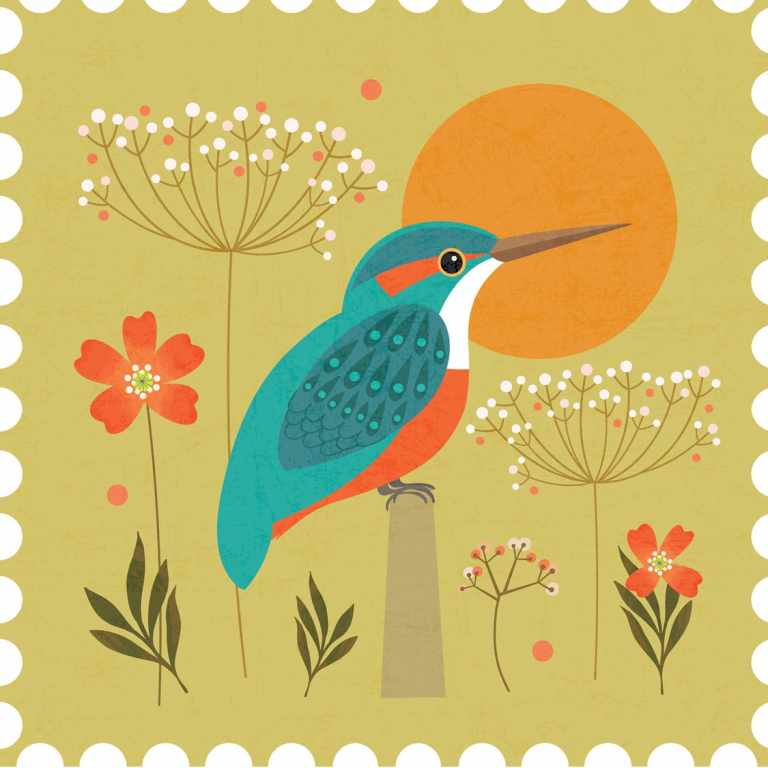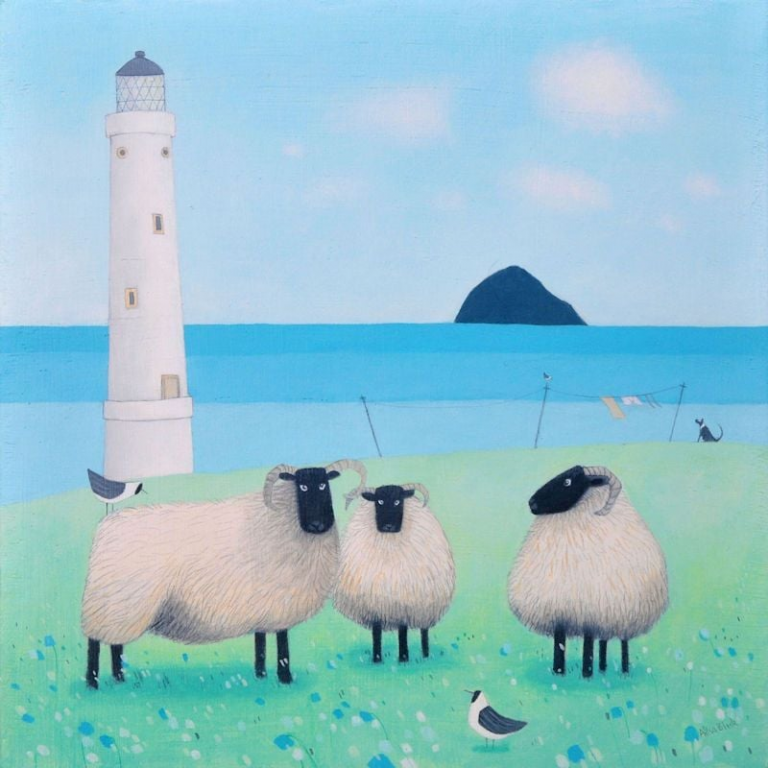
The Arctic Circle is closer to the Scottish Islands than England, but John Muir once wrote that ‘When one tugs at a single thing in nature, he finds it attached to the rest of the world’.
What is happening in the Arctic Circle right now affects us. So how we live, affects nature and wildlife on ‘top of the world’;
The Arctic Circle covers parts of Canada, Greenland, Iceland, Russia and parts of Scandinavia. Alaska (owned by the USA) is the other country that juts into the Arctic Circle.
Here it’s daylight in summer and night-time in winter, all year. Not just polar bears, the Arctic Circle is also home to Arctic foxes, blue whales, orcas and many other creatures.
Do Humans Live on the Arctic Circle?
Hundreds of thousands of people live here too. Some have developed ‘reindeer vision’ where they can see in the dark and due to vitamin D deficiency, may sometimes babble nonsense (sounds like some of our MPs!)
There are a few cities. In Russia, there is Murmansk and Norilsk (the latter heavily polluted due to mining run-off). And the Norwegian city of Tromsø is where you can view the Northern Lights best in the world. Nearby Kvaløya Island is known for its peaceful swimming reindeer!
Not as cold as Antarctica, but the Russian town of Oymakon is the world’s coldest. Car engines keep running to avoid freezing and you can’t wear spectacles, as they would freeze to your face! Others say the cities of Yakutsk (in East Siberia) and Verkhoyansk are colder.
Some people get depressed in winter, due to lack of daylight. And locals nearly all end up with mild frostbite on exposed facial areas.
Some people even ‘run to warm bus shelters’, and some even freeze to death, if they get stranded in cars with flat batteries. Others die of breathing problems due to icy air. As a result, all healthcare is free.
Environmental Concerns in the Arctic
The Arctic Ocean (the world’s smallest) is home to 10% of the world’s fresh water including Greenland’s ice sheet, which is melting due to climate change. This is causing seas to rise and current estimates of a 7.3 metre rise would be catastrophic to all life forms on earth.
Endangered polar bears need cold weather, as without it they have to swim in warmer waters to hunt seals for them and their cubs. Nima Sarikhani’s photo of a polar bear sleeping on a tiny iceberg (carving a bed with his paws) has highlighted concerns. One polar bear recently died from bird flu, after feeding on infected birds.
Greenpeace campaigners are concerned on Trump’s election, on how drilling for oil will affect wildlife, as the area contains 160 billion barrels and a third of the world’s natural gas.
The Greenpeace Nordic Case is an ongoing battle between six young activists, trying to persuade the Norwegian government to not hand out licenses to drill for more oil.
How Can England Help the Arctic Circle?
- Live a simple sustainable life (this is the answer to almost everything, in order to prevent climate change and pollution.
- Switch to clean energy. Ecotricity is one of the best, as it doesn’t produce ‘green energy’ by burning animal carcasses from abattoirs, which some companies do. Moving away from fossil fuels is the most effective way to bring down rising temperatures.

Obviously anything made from wood comes from trees, and a lot of wood is from abroad. So protect habitats for all species, try to choose recycled or reclaimed where possible (or tree-free). Read our posts on eco-friendly:
The world cannot live without the Arctic; it affects every living thing on Earth. And acts as a virtual thermostat, reflecting sunlight and cooling the planet. Philippe Cousteau Jr
The Arctic is a harshly inhospitable place, but the conditions there are precisely what polar bears require to survive – and thrive. ‘Harsh’ to us is ‘home’ for them.
Take away the ice and snow, increase the temperature by even a little, and the realm that makes their lives possible, literally melts away. Sylvia Earle
Can You See the Northern Lights in England?
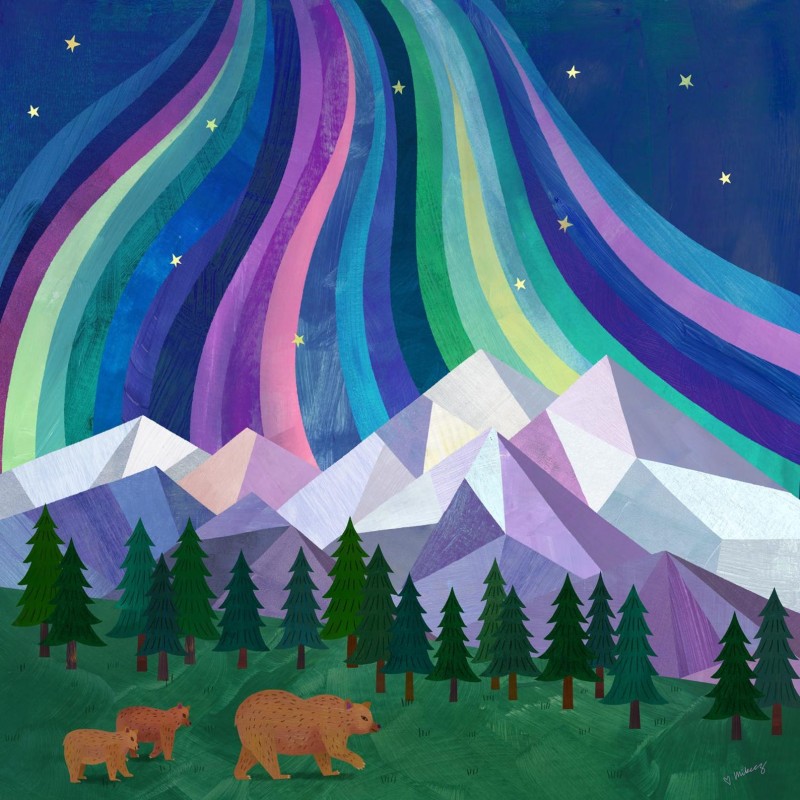
The Northern Lights (also known by their proper name of Aurora Borealis) are an amazing natural spectacle, when coloured skies fill the sky. Common in Scandinavia, you usually only see them in England after severe storms.
If you do happen to see them, it will be easier if you live somewhere with no light pollution, as they are far easier to see in dark skies with no cloud cover, and you have to look north!
The amazing colours are caused due to electrons hitting gaseous particles, as they enter earth’s atmosphere. Oxygen generates green lights (lower altitude) and red lights (higher altitude) while nitrogen causes the blue and purple lights.
Recently in England, a rare event occurred, when people as far south as London and Kent saw incredible pink displays of the Northern Lights, which hardly ever happens.
Concerns over Blackpool Lighting Plans
Although astronomers are aware that the Blackpool lights bring in substantial tourism income, they say that plans to create an an artificial ‘aurora borealis’ (northern lights) by way of a 1KW laser to shine in the sky.
This would not just blight the night sky, but ruin views across the county (and also for Merseyside, Cumbria, North Wales and even Isle of Man).
Endangered Polar Bears (how to help)
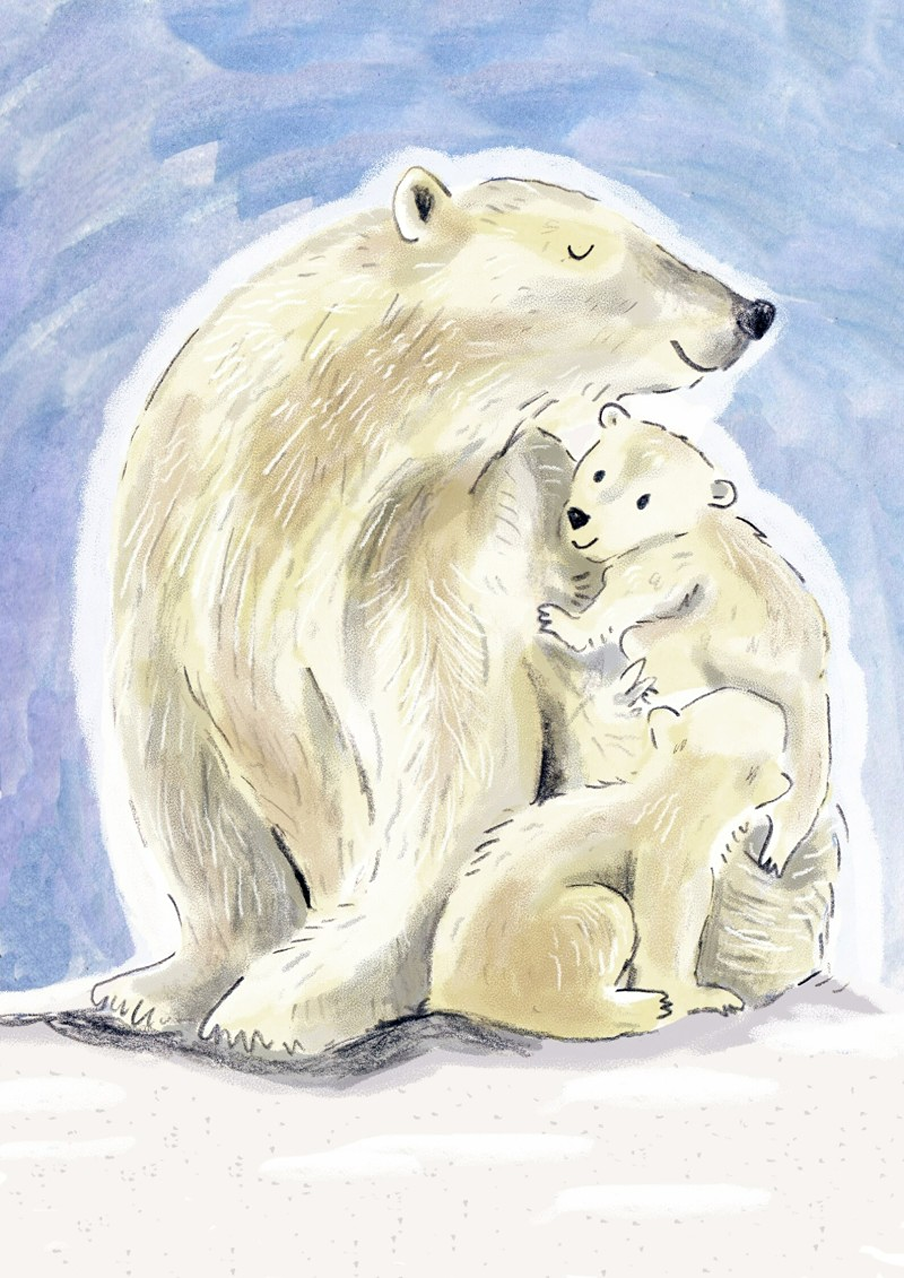
Polar bears are critically endangered, due to melting ice (which stops them hunting seals, their main food).
This means they must swim longer distances, or wander onto land where food is scarce and they come into contact with humans (polar bears are also at risk from hunting and oil/plastic pollution).
Climate scientists say that if current planet trends continue, the Arctic could see ice-free summers (a death sentence for polar bears, as they can’t adapt to life on land).
Polar bears are obviously not native to England, but there is lots we can do to help them.
-
- The best way to help is simply to live a simple sustainable life, to help prevent climate change.
- Use less oil (drive and fly less) and switch to green energy. Ecotricity is the only company that does not make green energy, from burning animal carcasses from abattoirs.
- Never visit zoos (polar bears have around 1 million times more space in the wild). There are plenty of wildlife ecologists helping to preserve natural habitats in their real homes.
- Use your vote. This is so important. Electing Trump in the USA means now the Arctic homes of polar bears are even more under threat from drilling for oil.
Beautiful Books on Polar Bears
The Polar Bear is a beautiful book for children, illustrated by London artist Jenni Desmond. Not only does it offer inspiration to help these majestic creatures, but all information is scientifically accurate. Readers will learn:
- How polar bears actually have black skin
- How polar bears have built-in ‘sunglasses’
- Why polar bear paws turn inwards!
- Why polar bears don’t hibernate
Ice Journey of the Polar Bear is a book to illustrate the effect climate change has on polar bears, with positive information on how we can all make a difference. As the first autumn of the season sets in, for this polar bear it’s time to make a den.
A safe place to sleep through the harsh Arctic winter, and to give birth to her cubs. But the familiar landscapes are melting. What kind of world will her cubs grow up in?
A Child’s Illustrated Guide to Arctic Birds
A Children’s Guide to Arctic Birds is a beautifully illustrated guide to birds that live in the Arctic year-round, and the 100 species that travel their each year to lay eggs and raise their young. Learn of 12 birds that call this snowy paradise their home.
The book has a simple layout and information on each bird’s eggs and nests, laid during the short Arctic summer. Some of the birds you’ll recognise like ravens and Tundra swans, that often migrate to England.
Why It’s Urgent to Protect Arctic Birds
No matter what you think of his financial policies, the thought of Trump as President is startling wildlife campaigners. In March 2025, he published to say that Arctic drilling will resume, due to huge resources for oil, timber and seafood.
He also intends to allow drilling in a presently protected wildlife refuge. This is a 1.56 million acre coastal plain region, that will now be open to the drilling oil and gas, in an area that’s also home not to just Arctic birds, but polar and grizzly bears, Arctic wolves and caribou, all on land considered ‘sacred’ to Gwich’n people.
Greenland’s Tundra Preservation Techniques

In Greenland, monitoring is the backbone. Teams use drones, camera traps, and GPS data to follow caribou routes and Arctic fox dens. Tourism stays low impact, with careful paths, guides, and seasonal access. The aim is simple, to protect habitats to support precious native wildlife.
England needs the same mindset to protect its moors and heaths, protect peatlands (to prevent floods and wildfires) and restore dunes and saltmarsh, to buffer our coasts. And prevent overtourism is vulnerable areas like the Lake District, and the cities of Bath and Stratford-upon-Avon (the birthplace of Shakespeare).
Reasons Why Greenland Must Become Independent
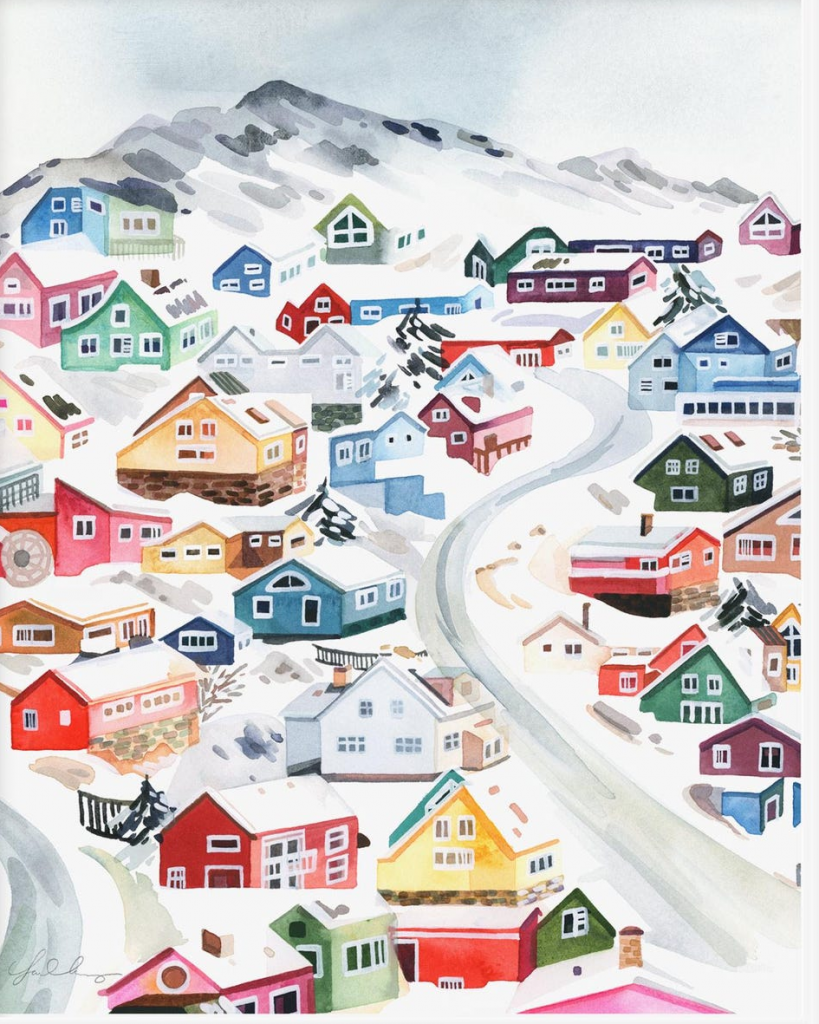
A terrifying policy of recent times is that President Trump wants to take over Greenland as a US territory, even threatening to ‘annex’ it if he doesn’t get his own way. A bit like our Isle of Man, Greenland is a self-governing part of another country (Denmark), with little tourism (apart from whale-watching as humpbacks migrate here each year).
Local native people are no longer called ‘eskimos’, but ‘Kalaallit Nunaat’. Due to 80% of the country being covered in ice, few crops grow here, although just like our Northumberland, the country’s entire north-east is a protected National Park, to protect its Arctic wildlife.
The Greenland Ice Sheet is already cracking due to climate change, and if it melted, would raise sea levels by around 6 feet worldwide. Scary, considering a rise of just one centimetre can cause cause coastal erosion. of three feet.
And there lies the worry with President Trump. In an interview once, he denied that polar bears were in danger, and we know how much he loves money and power. So his recent foray into wanting Greenland to become a US territory, is very worrying, to say the least.
Trump has just rolled back laws on paper straws, saying ‘they explode’. And now is returning the market for plastic straws. Heaven forbid he were to buy Greenland, with all its beautiful marine life protected from such plastic pollution.
There is only one airport, and the only way you can reach it is from Iceland or Denmark. Once there, there are hardly any roads, so you have to travel by boat, to get to most places. Just like Finland, its remote location means it has some of the world’s most pure air and water. Can you imagine what would happen, if North America got involved?
Why Does President Trump Want Greenland?
He says for security, and ‘it will happen’ in acquiring the island. Greenland’s leader Jens-Frederick Nielsen however replied ‘We don’t want to be Americans. We don’t want to be Danes. We want to be Greenlanders’. A recent poll found that 85% of the population (mostly native people) and all five party leaders are now in favour of a referendum to become an independent country.
Could Trump Really Buy Greenland?
Unlikely. It’s not like the days when the USA bought Alaska from Russia. Today there are laws to consider, not least the native people who live there. The only advantages to Greenland would be greater military bases and finance (things that locals are not concerned about), and the right to live and work in the US (again they aren’t interested).
Hopefully this will be a good lesson for a world leader to realise, that sometimes money and power are not the most important things in the world, for some countries and people.

